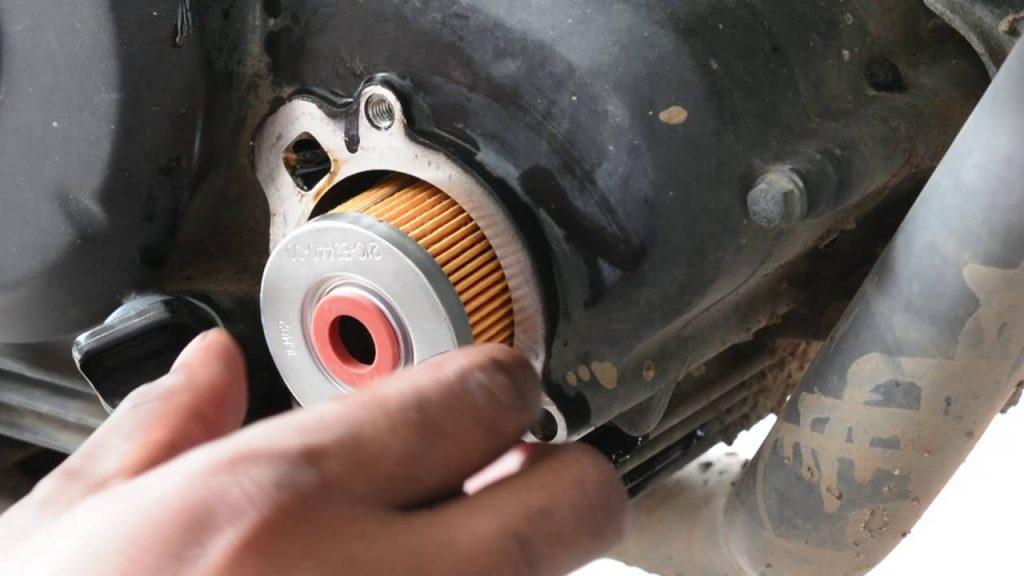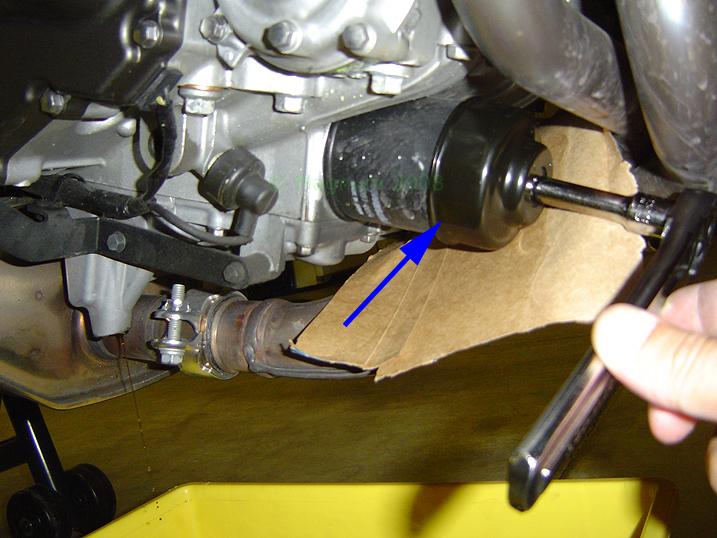Many drivers often wonder “How often to change oil filter?” Is the answer “every 3000 miles” or three month? In this blog, we will give you a detailed answer on when to change oil filter and how often to replace it. So let’s check it out now!
Contents
Basic Maintenance
Changing your engine’s oil filter is one of the most essential things you should do to maintain your vehicle. Whether you have a quick lube shop handle the job or you replace your oil filter yourself, changing your vehicle’s oil filter regularly is important to keep your car running smooth.
How Often To Change Oil Filter?
When asking this question, you may get a wide range of answers. Most parts and oil producers often say changing oil filters with every oil change, which should occur every three months or 3000 miles (whichever comes first) is necessary. Car manufacturers often recommend replacing oil filter every time you have your oil changed.
As parts or oil manufacturers want to sell the units to make more profits and auto makers want to show the lowest maintenance costs possible with their vehicles, it seems the discrepancy in answers has roots in potential gain. So, here is our experienced guides for proper oil filter replacement and maintenance.
-

Oil filters play an important role in keeping your car running smooth.
READ MORE:
1. Changing Oil Filters With Every Oil Change
While we agree with oil manufacturers that we should replace oil filters every time you get your oil changed, there is a difference on how often we should do it. The 3000-mile rule will be a myth if you are driving an old vehicle with an almost prehistoric engine system that cannot filter grime efficiently. Modern vehicles have another rule with the average number of miles to wait is closer to about 7.500 miles. To know the exact number for the proper oil filter maintenance of your car, consult your owner’s manual.
2. Replacing Oil Filters Regularly If You Often Drive In Tough Conditions
If you often drive in tough conditions, such as in extreme temperatures, towing heavy loads or in stop-and-go traffic, we recommend you to change your oil and oil filter regularly. When working in such conditions, your engine has to work harder, then it will need more maintenance of its parts, including the oil filter.
3. Check And Change Your Oil Filter When The Service Engine Light Is On
While there are lots of reasons that make theService Engine Light turns on, it is still a good idea to check out the simpler potential roots before spending lots of money down for diagnostics and repairs. When the light is on, it indicates there are some issues with the engine, which can be caused by a lot of debris and grime being in circulation. Hence, your oil filter will be clogged faster than usual.
How To Change Oil Filter By Using Wrenches And Filter Parts?
There are different types of tools and wrenches to replace an oil filter. The most common of which is used to loosen the “spin-on” filter. The metal band in it contracts around the filter and grips it as you turn the handle. Pliers-type oil filter wrenches are also there. The tooth-grip and long handle help you to easily exert torque on the filter using your hands and arms. If you perform the maintenance task yourself, it is necessary, especially when a shop spins the filter too tightly.
In other cars, there is an internal oil filter. If it is the case, all you need is a socket wrench for oil filter replacement. After you have reinstalled the oil filter, use a drain plug gasket to seal the oil, if necessary.
Maintain due safety standards while changing your car’s filter and oil. Things like rags, gloves, filter wrench and flashlight will come handy.
Conclusion
The oil filter plays an important role in keeping your engine runs smoothly. It removes grime and grit from your oil, preventing such contaminants coming into the engine itself when oil lubricates and circulates its parts. Oil filters are not expensive so that is why most people recommend changing oil filters every time you get your oil changed.
If you have any question related to how often to change oil filter or oil filter lifespan, feel free to leave a comment below, then we’ll discuss further.




cool info.